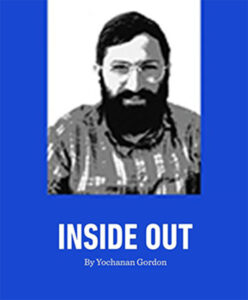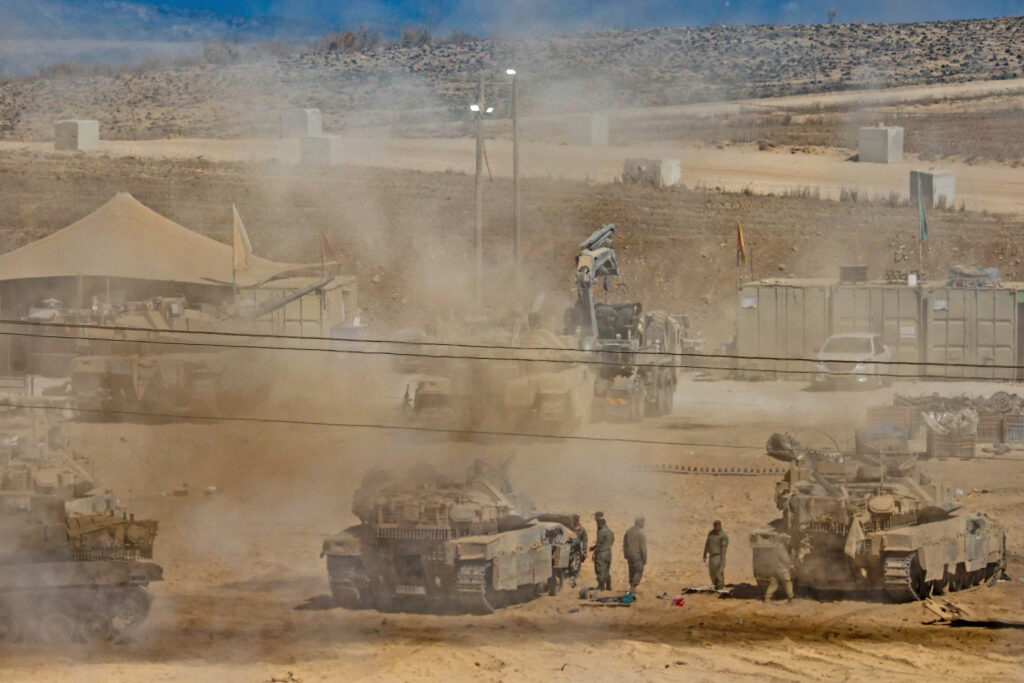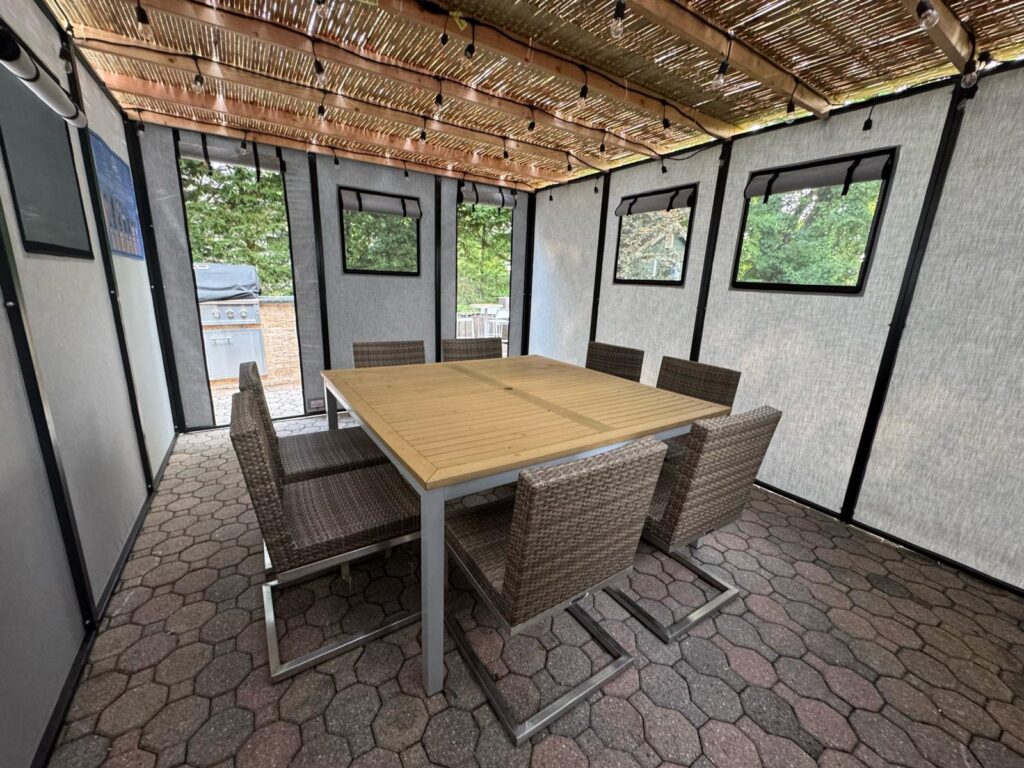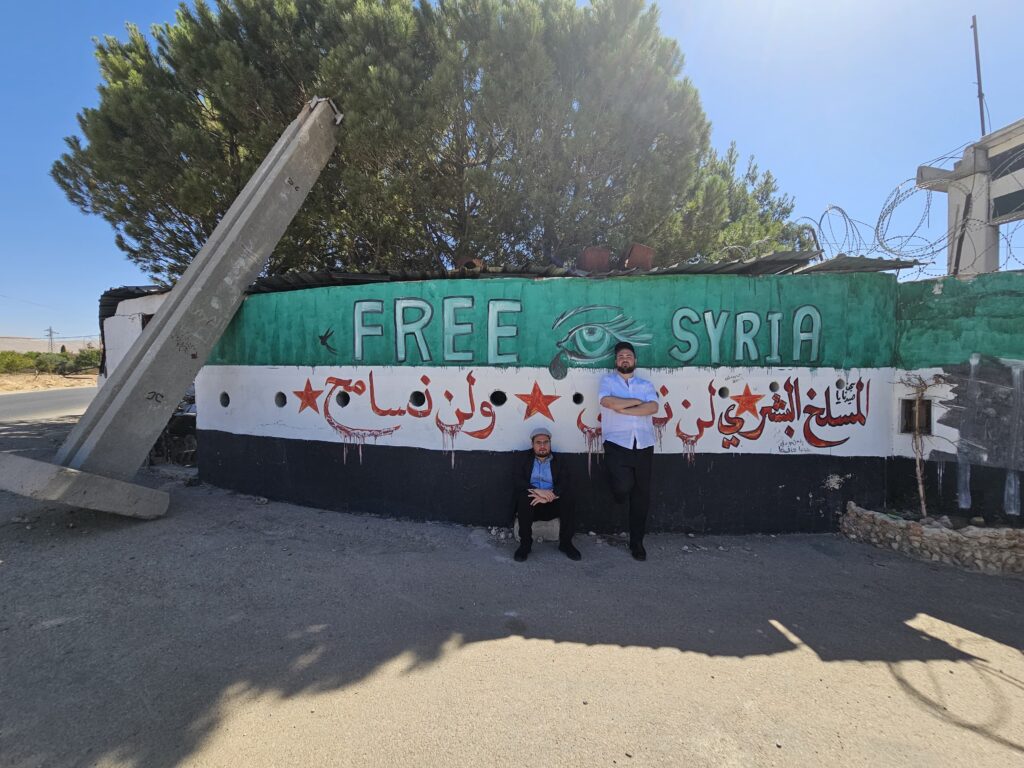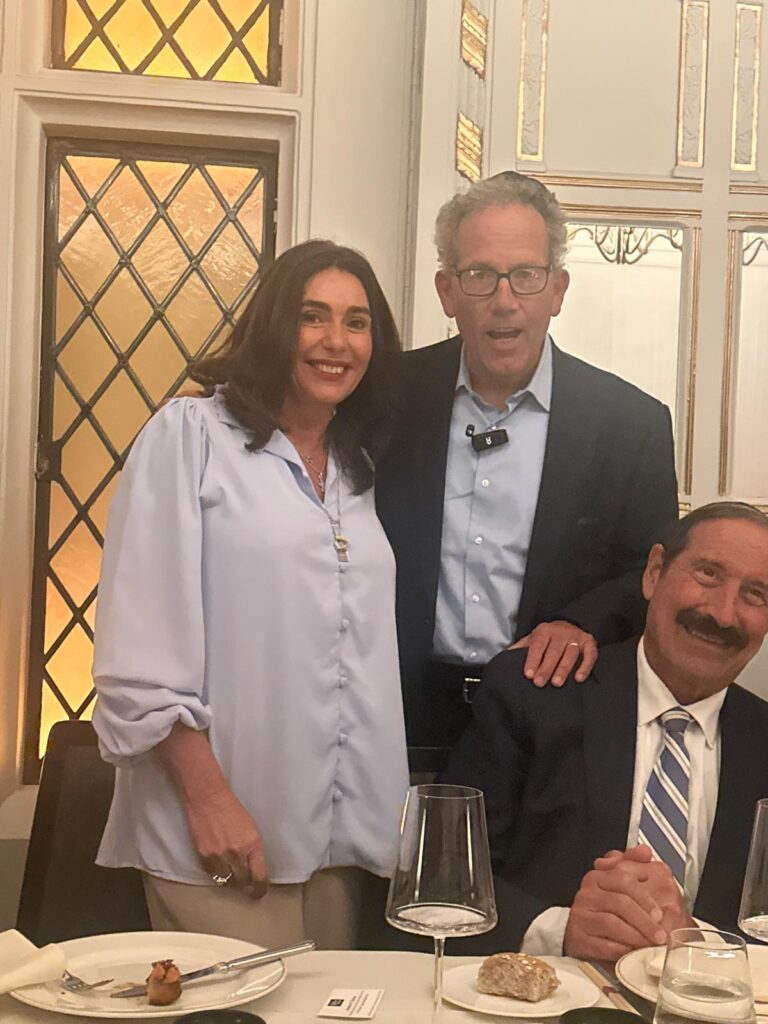Sisters Helping Sisters

So much of our lives is about dealing with the unexpected and unanticipated situations that life throws at us. Such is the case with women who are divorced, often with young children, who experience a life punctuated with difficulty and uncertainty about where to turn to in a crisis, if there even is such a place to turn to when going through a personal crisis.
Luckily, in the last 20 years, there has been a remarkable change in the primary anchors that now assist the lives of thousands of women around the country. And last week, I had the opportunity to speak with two women who play pivotal roles in an organization that for them and numerous other volunteers is an all-consuming, round-the-clock endeavor that knows no bounds or borders when it comes to helping divorced women.
The “Sister to Sister Network” was designed to empower Jewish divorced women to create the next chapter in their lives by providing a supportive network and community. The way they work is by helping the women maintain their homes as they navigate personal difficulties with the assistance of a large number of volunteers and the vast resources the organization has to help their clients fill in the gaps in their lives.
I spoke with two young women—Mindy and Leora—who do not wish their last names to be used so as not to detract from the fine work their organization does.
Sister to Sister is extremely unique when you consider that regardless of whether a woman is divorced or widowed, the framework of the circumstances that must be dealt with is very much the same. Usually, it’s a matter of a single parent raising young children in a household with one income.
But then again, the reality of the situation is perceived far differently when it’s a matter of assisting a widow versus a divorcee. We probably do not need to elaborate or spell it out, but the public sees a situation where a woman’s husband passes away as far different than when there is a divorce in the family, which is often perceived as a self-made hardship manufactured by one or both individuals in a marriage.
In other words, it’s possible that the hardships that come with a divorce are seen quite differently than with a death, which many see as an unfortunate decree that emanated from Heaven.
But at the end of the day, the reality is that these circumstances do not really matter and for all practical purposes, should not even be considered. After a group like Sister to Sister (or Samchainu, which deals with widows), gets to work, the most important job is to find the proper path forward for each family. And in many cases, the proper path can be broken down or reduced to its lowest common denominator, which is, in most cases, helping the woman as head of household and assisting her with the needs of her children.
Another group out there on the Jewish horizon is My Extended Family, which focuses on helping children from single-parent homes, but also has space in their mission to assist single-parent families, which translates to both men and women as the case may be.
If you do not have any intimate knowledge about the type of work a group like Sister to Sister does, you might be surprised to learn how sensitive they are in their approach to providing services that make a family feel whole even though they may not be.
On a practical level, the organization is far more impactful on a family situation than many of us can even imagine. First, there is the matter of its internal structure, built in such a way that no one who is brought to the attention of the organization feels left out, G-d forbid.
According to Mindy D. (remember, no last names), she and about two dozen other women are what the organization refers to as “captains.” Each densely populated frum community has a “captain” that oversees the daily functions provided by Sister to Sister. There are currently 2,200 women enrolled in the Sister to Sister program, which provides services that vary from family to family as well as community to community.
The captains are the first and primary contact for a woman dealing with divorce and they evaluate her needs and how best to serve her family. After speaking with her captain, each woman is assigned an advocate who is designated to deal exclusively with her case. That means if she needs something personally or requires direction on how to deal with a particular situation a child might be having or how to deal with the financial hardships that are usually the first crisis level situation that must be dealt with and often needs to be done so with great urgency.
Sister to Sister works seamlessly with other groups like the Davis Memorial Fund, Al Kanfei Nisharim, as well as the local JCC or JCCRP community organizational groups.
Mindy points out that there is a delicate and sensitive point that needs to be taken into account. “No one wants to feel pitied,” she says, and that is where their great sensitivity enters into the equation. She adds that these are women who come forward for help, but the last thing they want are to be seen as objects of pity. They are matched up with a friend who has the contacts and the wherewithal to assist, and that, she adds, is not just how the divorcees want to be handled, but is also how the advocates prefer to be viewed: as a friend who can help in any number of situations that arise.
And Mindy—my Sister to Sister contact—has it all covered, and having experienced divorce herself at one point, knows where the gaps are that a new divorcee might not yet be aware of.
Sister to Sister is there to play an important role at every level, which can entail helping a life that might be in disarray at some level and sorting through all the aspects of managing a household on one’s own. Today, a great deal of the problems involves the economics associated with divorce. In other words, there is a monetary shortfall for one reason or another. This does not mean that money is the answer to all the issues that arise when there is a divorce, but the lack of money can greatly impact a family.
At present Sister to Sister has a $2.7 million annual budget and, as mentioned above, they work with several other organizations that can address the financial shortfalls that exist in a family in crisis.
There are 34 chapters of S2S across the country and the estimate amongst the captains is that there is at least one new case of divorce that is brought to their attention on a daily basis. As Mindy points out, in the Five Towns, the area where she is the point person for the organization, the average is one application or one new person navigating their way through divorce every week.
To many, that might be a remarkable or even difficult statistic to fathom. But for the people it effects directly, the matter is very real and indeed life changing.
As far as the children involved in these types of situations, Mindy adds that there are currently 356 children under the age of twenty who are being helped by her organization. And there is so much more that Sister to Sister does for their member families. This includes financial assistance where necessary, career guidance, forming connections with rabbanim who can counsel them on matters pertaining to a halachicdivorce, and so much more.
Reading about Sister to Sister, you might feel that the cliché of having a shoulder to lean is most appropriate. But then again, when you take a closer look, you come to the conclusion that the role Sister to Sister plays in our communities is quite literally a shoulder to genuinely lean on in that time of need. n
Read more of Larry Gordon’s articles at 5TJT.com. Follow 5 Towns Jewish Times on Facebook, Instagram, and Twitter for updates and live videos. Comments, questions, and suggestions are welcome at 5TJT.com and on Facebook, Instagram, and Twitter.
